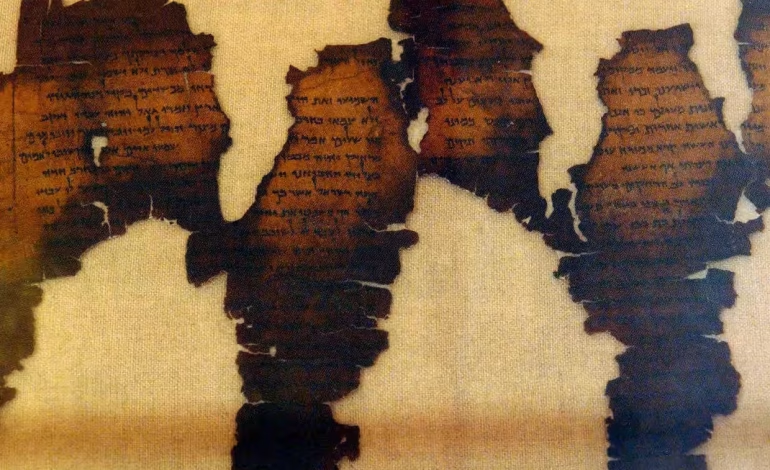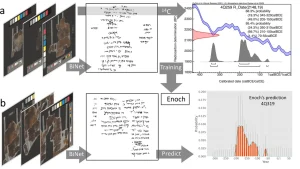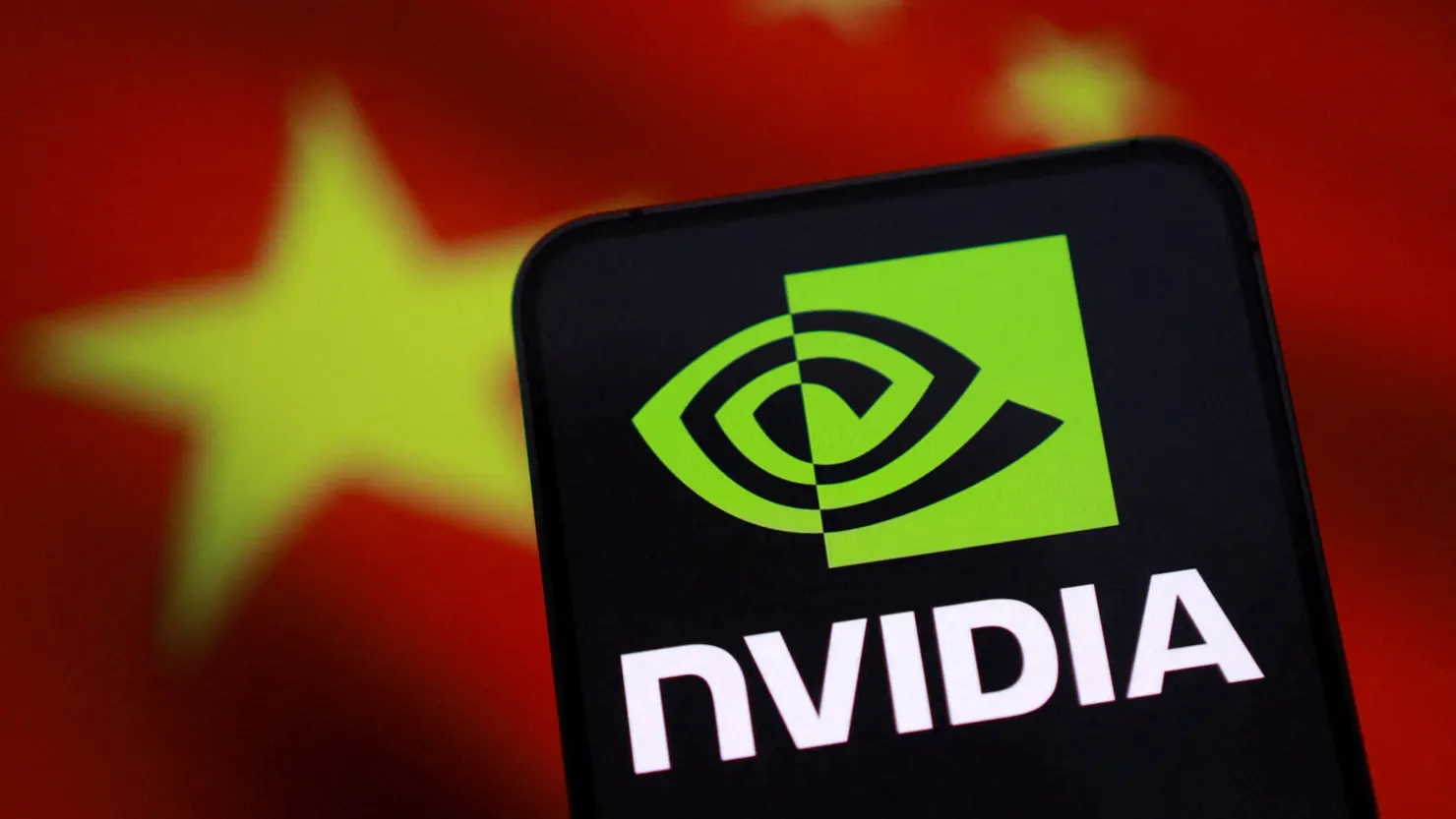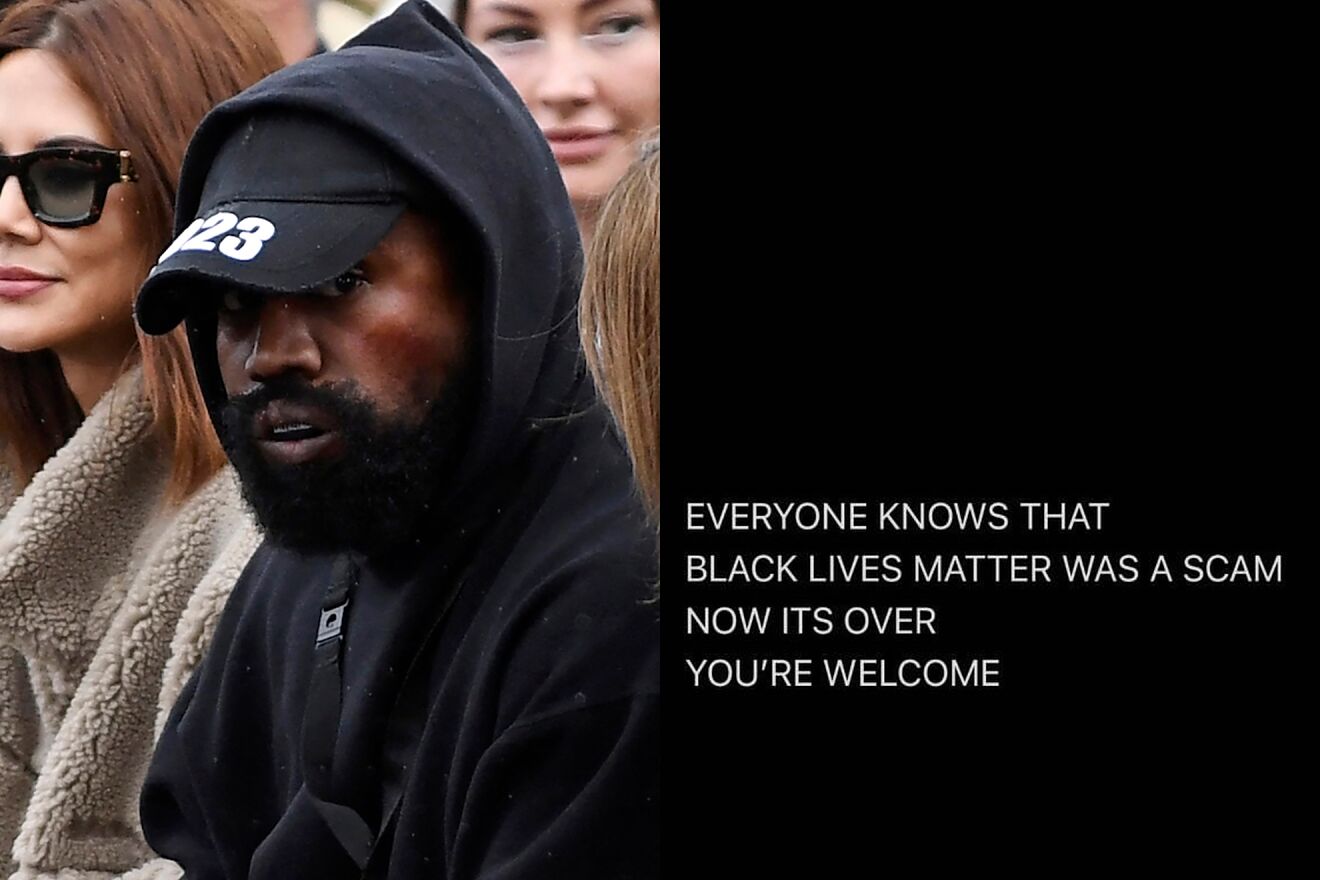EXCLUSIVE: Ancient Manuscripts, Modern Methods: How AI Is Rewriting Dead Sea Scrolls History

In a striking fusion of ancient history and modern technology, researchers have used artificial intelligence to re-date some of the Dead Sea Scrolls, potentially pushing the origins of several biblical texts back centuries earlier than previously believed. The discovery, made possible by a machine-learning tool called Enoch, may reshape scholarly understanding of Judaism during the Second Temple period and the roots of early Christianity.
The Dead Sea Scrolls, a vast cache of ancient manuscripts discovered in caves near Qumran in the mid-20th century, have long fascinated scholars and the public alike. Now, a groundbreaking study led by Professor Mladen Popović of the University of Groningen, alongside his colleagues, has provided new insight into the age of these texts — raising questions about the historical and theological contexts in which they were written.
Wyoming Star spoke with Professor Popović and Dr. Michael O. Wise, a leading Dead Sea Scrolls scholar, to discuss the implications of this research.
How significant is this new AI-based re-dating of the Dead Sea Scrolls for our understanding of Second Temple Judaism and the origins of early Christianity?
Professor Mladen Popović:
The strength and significance of the Enoch tool that we have developed is that it makes it possible to provide much more accurate date estimates for individual manuscripts on empirical grounds. In general, the date predictions by Enoch for individual manuscripts move within the time frame of late fourth century BCE until second century CE.
But within that time frame more manuscripts are now older, being dated to the first half of the second century BCE, the third century BCE, and in two cases even into the late fourth century BCE. So the evidence is now tilted in a significant way. Where before only a handful of manuscripts were dated to the third century BCE and the early second century BCE, that’s much more now.
This may change, for example, how modern scholars see the development of specific ideas in that period. We have not yet dated all manuscripts. Our study is a first significant step.
As a test, we applied the Enoch tool to 135 manuscripts of the more than 1,000 that there are. So we cannot give a definite answer to how our findings change our understanding of the period. We have opened the door to new possibilities for exploring that period.
However, as a preliminary answer, we can see new directions for further research in at least two ways:
- We may have to change our understanding of when the community of Qumran came into existence. Scholars have been debating whether that happened in the second or first century BCE. Two manuscripts of texts that are commonly regarded as typical for this movement (Rule of Community, 1QS, and a particular exegetical type of text, a pesher, 4Q163), show dates in the second century BCE.
- Instead of understanding a rise in literacy and the formation of Jewish groups such as the Essenes, Pharisees, the Qumran Community, etc., as a consequence of the Hasmonaean expansion from the second half of the second century BCE onwards, the earlier dating of many manuscripts to the first half of the second century BCE and even to the third century BCE may suggest that literacy and the formation of groups that form their own ideas about texts that are valuable and important for their community preceded Hasmonean expansion — and may even have been one factor in something like the Maccabean revolt.
But this is speculation at the moment and needs further research.
In short, Enoch produces in many cases dates older than traditional palaeography. But in some cases, it aligns with what we as palaeographers previously thought. The beauty of the model is that we can get down to the individual manuscript level, which gives us a nuanced picture of the data.
Dr. Michael O. Wise:
I think the application of AI to the question of the scripts of the DSS is very significant. The matter has always been subjective and insufficiently rigorous in its study, and AI promises at least to help in these regards. It is too soon to answer the question of the significance of this particular study for our understandings. The details will require debate and intense focus from the guild before we can safely say just how reliable the new data are.
If at the end of the day their reliability can be substantiated, our understanding of what was happening in the period 400–200 BCE will need adjustment, and that will matter for our view of Second Temple Judaism and the Christianity that emerged from it.

Do you see handwriting analysis through machine learning, like the Enoch model, becoming a mainstream tool in paleography and manuscript dating?
Professor Mladen Popović:
I think the human-machine collaboration will indeed become more mainstream. We are on the forefront of this so it may take some time, but if the many enthusiastic responses from colleagues around the world are an indicator, then I think this will happen. To be sure, it really is a cooperation.
Enoch does not put human palaeographers out of work — on the contrary. It’s a tool, like the microscope is for biologists.
Dr. Michael O. Wise:
I do see the use of computer-aided analysis of the scrolls continuing to grow in all sorts of applications.
What are the potential limitations or concerns you might have with relying on AI models for dating ancient texts?
Professor Mladen Popović:
It’s really on the side of the users.
If such models are used without understanding and further thinking, then that would be the wrong use because it’s not an oracle. It’s an additional quantitative tool next to the qualitative assessment human palaeographers make. It’s a powerful tool — quantitative, more objective, and more efficient — but the human palaeographer remains in control.
Dr. Michael O. Wise:
As always with computer work the question of “garbage in–garbage out” arises. That is, the analysis is fed by human decisions and understandings, and these may be questionable. Technical issues of how well the AI being used can learn is also a potential limitation.
Why do the Dead Sea Scrolls matter to people today, even outside of academic or religious circles?
Professor Mladen Popović:
They remain one of the greatest archaeological discoveries because they are tangible evidence of the oldest manuscripts of the Bible — even from the time of the youngest biblical writers — and they have completely changed our view of ancient Judaism and earliest Christianity.
Dr. Michael O. Wise:
The DSS matter to people today because they greatly inform our understanding of the Bible, Judaism, and Christianity. Even those who have no interest in those topics cannot deny their importance as influences on the world in which we live today. Understanding that world and why it is what it is must take account of these topics.
Could the earlier dating of some scrolls change interpretations of key theological or historical debates?
Dr. Michael O. Wise:
Today the early development of what we call Judaism is being debated in a new way based on archaeological and textual syntheses. In particular, the late Persian period and the Hasmonean period (time of the Maccabees) is being suggested as the formative time for what we understand as Judaism.
Thus, we are talking about the years 400–150 BCE, roughly, as the time when Judaism was born. If the earlier dating of some of the scrolls holds up, and additional texts yet to be analyzed also date earlier than previously believed, these new syntheses will have to be adjusted.
So, yes, key theological ideas and debates would be on the table.
Editor’s Note
The AI-powered Enoch model is not replacing scholars, but rather empowering them with sharper tools to reexamine the timeline and development of ancient Jewish and Christian thought. With a broader, more nuanced picture emerging from these early manuscripts, the Dead Sea Scrolls are once again at the center of scholarly debate — one that may ultimately reshape our understanding of faith, history, and the ancient world.









The latest news in your social feeds
Subscribe to our social media platforms to stay tuned